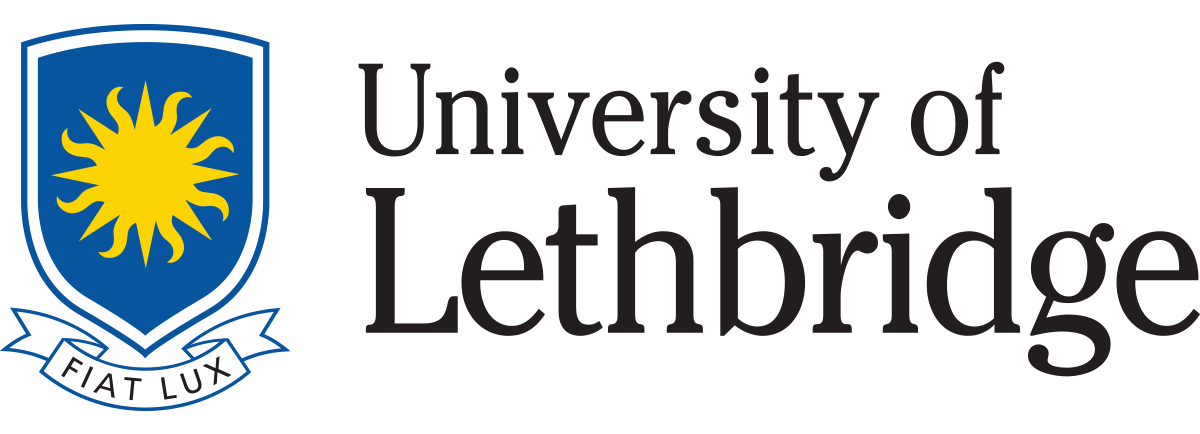Harding JS, Hori VS, Soucy A.
Wild Geese: Buddhism in Canada. Montreal: McGill-Queen's University Press; 2010.
WebsiteAbstractBuddhism has been practiced in Canada for more than a century and in recent years has grown dramatically. Immigrant communities construct temples in Canada's urban centres, the Dalai Lama is one of the world's most recognizable figures, and Buddhist ideas and practices such as meditation, vegetarianism, and non-violence are increasingly a part of mainstream culture. More native-born Canadians are turning to Buddhism now than ever before.
The most comprehensive study of Buddhism in Canada to date, Wild Geese offers a history of the religion's evolution in Canada, surveys the diverse communities and beliefs of Canadian Buddhists, and presents biographies of Buddhist leaders. The essays cover a broad range of topics, including Chinese, Tibetan, Lao, Japanese, Korean, and Vietnamese Buddhisms, critical reflections on Buddhism in the West, census data on the growth of the religion, and analysis of the global context for the growth of Buddhism in Canada. Presenting a sweeping portrait of a crucial part of the multicultural mosaic, Wild Geese is essential reading for anyone interested in religious life in Canada.
Illustrations • xiTables • xiiiConventions (Romanization and Use of Diacritics) • xvAcknowledgments • xix
Introduction • 3
PART ONE: OPENINGSHow Do We Study Buddhism in Canada? • 12Victor Sogen Hori
Asian Reformers, Global Organizations: An Exploration of the Possibility of a “Canadian Buddhism” • 39Alexander Soucy
PAR T TWO: HISTORIES AND OVERVIEWSLooking East: Japanese Canadians and Jodo Shinshu Buddhism, 1905-1970 • 62Terry Watada
Buddhism after the Seventies • 84Henry C . H . Shui
Buddhism in Canada: A Statistical Overview from Canadian Censuses, 1981-2001 • 111Peter Beyer
PART THREE: FROM GLOBAL TO LOCALJodo Shinshu in Southern Alberta: From Rural Raymond to Amalgamation • 134John S . Harding
That Luang: The Journey and Relocation of Lao Buddhism to Canada • 168Marybeth White
Transforming Ordinary Life: Turning to Zen Buddhism in Toronto • 187Patricia Q . Campbell
The Woodenfish Program: Fo Guang Shan, Canadian Youth, and a New Generation of Buddhist Missionaries • 210Lina Verchery
Shambhala International: The Golden Sun of the Great East • 236Lynn P. Eldershaw
PART FOUR: FROM LOCAL TO GLOBALGlobalization and Modern Transformation of Chinese Buddhism in Three Chinese Temples in Eastern Canada • 270Tannie Liu
The Tzu Chi Merit Society from Taiwan to Canada • 295André La Liberté and Manuel Litalien
A Relationship of Reciprocity: Globalization, Skilful Means, and Tibetan Buddhism in Canada • 321Sarah F. Haynes
PART FIVE: LIVESAlbert Low: A Quest for a Truthful Life • 348Mauro Peressini
Suwanda H.J. Sugunasiri: Buddhist • 377Victor Sogen Hori and Janet McLellan
Conclusion • 400Bibliography • 407Contributors • 431Index •
REVIEWS:
"This very welcome study of Buddhism in Canada fills a gap in current scholarship and brings some order to an unsystematic field of current research." CHOICE
"Wild Geese has an abundance of information that has been unavailable until now. The volume is provocative. It asks questions that are both stimulating and critical and the answers provided will immensely impact the currently emerging inquiries about Buddhism in Canada. I highly recommend this book to anyone interested in Buddhism. It is a deep breath in, and a deep breath out." Charles Prebish, Redd Chair in Religious Studies, Utah State University
"Wild Geese critically deconstructs the concepts presently applied to Buddhism in the West and builds a foundation for further study. The anthology ties the culture of Buddhism in Canada to the international evolution of Buddhism. As a sweeping ... analysis of the Buddhist institutions in Canada, and a call to elucidate issues standing in the way of further research, it is a fine start to a burgeoning field of study." Montreal Review of Books
"For those, interested in Buddhism in Canada, Wild Geese is required reading. And even those who focus strongly on Buddhism in America should give Wild Geese their attention, as it will help them to put their studies into a more North American focus, and perhaps help them discern what is American about their subjects, what is North American, and what belongs to a modern world-spanning flow of Buddhist movements and developments." Journal of Global Buddhism
"The editors have assembled not only unquestionably the best survey of Buddhism in Canada, but arguably the new standard for books on Buddhism in all of North America. Scholars of religion in North America will be usefully provoked by this book. Scholars of Buddhism in the West simply must read it." Religious Studies Review
 wg_info_mqup.pdf
wg_info_mqup.pdf 